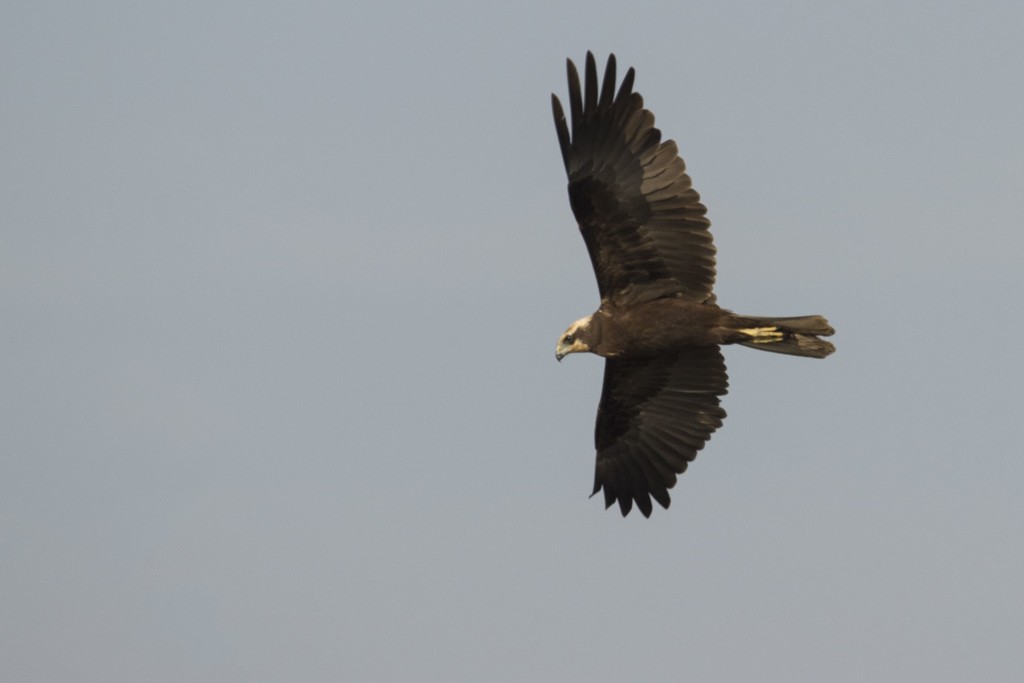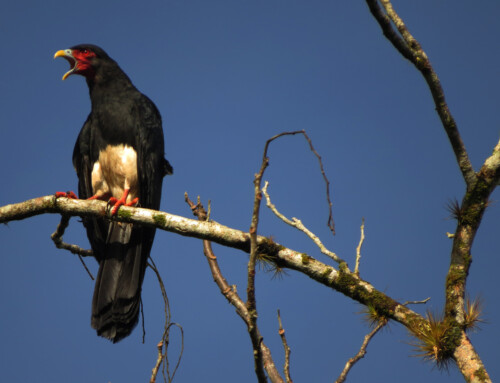LINKED PAPER
Illegal bird hunting in eastern Spain: a declining trend, but still worrying. Crespo, J., Solís, I. & Barba, E. 2020 Ardeola. DOI: 10.13157/arla.68.1.2021.ra10 VIEW
 Despite having some of the strongest protective legislation in the world, the illegal hunting of birds in Europe causes millions of deaths every year, posing a major threat to the avifauna. Indeed, it has been estimated that two-thirds of native European bird species are affected, including some globally endangered ones. In Spain, although bird protection legislation has been implemented for decades, illegal hunting is still considered one of the main threats to some endangered bird species, such as the Great Bittern Botaurus stellaris and Bonelli’s Eagle Aquila fasciata (Madroño et al., 2004). Recent studies on this topic emphasise that increased protection of birds in Spain is necessary to mitigate their non-natural mortality from various causes (Arizaga & Laso, 2015; Balmori, 2019).
Despite having some of the strongest protective legislation in the world, the illegal hunting of birds in Europe causes millions of deaths every year, posing a major threat to the avifauna. Indeed, it has been estimated that two-thirds of native European bird species are affected, including some globally endangered ones. In Spain, although bird protection legislation has been implemented for decades, illegal hunting is still considered one of the main threats to some endangered bird species, such as the Great Bittern Botaurus stellaris and Bonelli’s Eagle Aquila fasciata (Madroño et al., 2004). Recent studies on this topic emphasise that increased protection of birds in Spain is necessary to mitigate their non-natural mortality from various causes (Arizaga & Laso, 2015; Balmori, 2019).
Finding dead or injured wildlife is generally difficult, particularly when the victims are hunted illegally and the evidence is concealed, making persecution data rather hard to collect. In this context, a valuable source of information on threats to wild animals can be the admissions records of wildlife rehabilitation centres (WRCs). In an attempt to assess trends over time and the current extent of illegal activity, we collected information on birds admitted with gunshot wounds to three eastern Spanish WRCs over a 25-year period (1991–2015).
A total of 2,076 non-game birds with gunshot wounds, belonging to 101 different species, were admitted to the WRCs of the region. Birds of prey comprised the most affected group, accounting for 74% of shot birds. In particular, four raptor species made up 52% of all admissions: the Common Kestrel Falco tinnunculus, the Eurasian Sparrowhawk Accipiter nisus, the Common Buzzard Buteo buteo, and the Eurasian Eagle-owl Bubo bubo. Furthermore, 112 shot individuals of 17 threatened species were admitted during the study period. Of these, 44 individuals were of species, such as the Western Marsh Harrier Circus aeruginosus or the White-headed Duck Oxyura leucocephala, listed as Endangered under national and regional laws. As many as 32 of these 44 individuals were found at four protected wetlands.
 Figure 1 A Western Marsh Harrier Circus aeruginosus, one of the species most affected by illegal shooting. © Iván Moya
Figure 1 A Western Marsh Harrier Circus aeruginosus, one of the species most affected by illegal shooting. © Iván Moya
Illegal hunting occurred throughout the year, although it peaked during the open season for hunting. The admission rate of non-game shot birds declined over the study period, as did the number of hunting licences issued in the region. The number of small-game hunters has decreased in Spain (Herruzo & Martínez-Jauregui, 2013), mainly as a consequence of rural depopulation, which has reduced recruitment of this type of hunter.
 Figure 2 The relationship between numbers of non-game shot birds admitted to wildlife rehabilitation centres and numbers of hunting licences issued by the Valencian Community, both showing a downward trend.
Figure 2 The relationship between numbers of non-game shot birds admitted to wildlife rehabilitation centres and numbers of hunting licences issued by the Valencian Community, both showing a downward trend.
Despite the apparent decline, our results show that illegal killing of protected birds persists and could pose a major problem for threatened resident raptors, for example Bonelli’s Eagle, for whom two-thirds of the European population resides in Spain. Legislation having proved insufficient, direct action is required to minimise this threat, focusing on reducing intentional killing in previously identified conflict areas, such as wetlands or game reserves that sustain endangered species.
References
Arizaga, J. & Laso, M. 2015. A quantification of illegal hunting of birds in Gipuzkoa (north of Spain). European Journal of Wildlife Research 61: 795–799. VIEW
Balmori, A. 2019. Endangered bird mortality by gunshots: still a current problem. Biodiversity and Conservation 28: 2555–2564. VIEW
Herruzo, C. & Martínez-Jauregui, M. 2013. Trends in hunters, hunting grounds and big game harvest in Spain. Forest Systems 22: 114–122. VIEW
Madroño, A., González, C. & Atienza, J.C. (Eds.) 2004. Libro Rojo de las Aves de España. Dirección General para la Biodiversidad-SEO/BirdLife. Madrid. VIEW
Image credit
Top right: Bonelli’s Eagle Aquila fasciata © Javier Blasco




